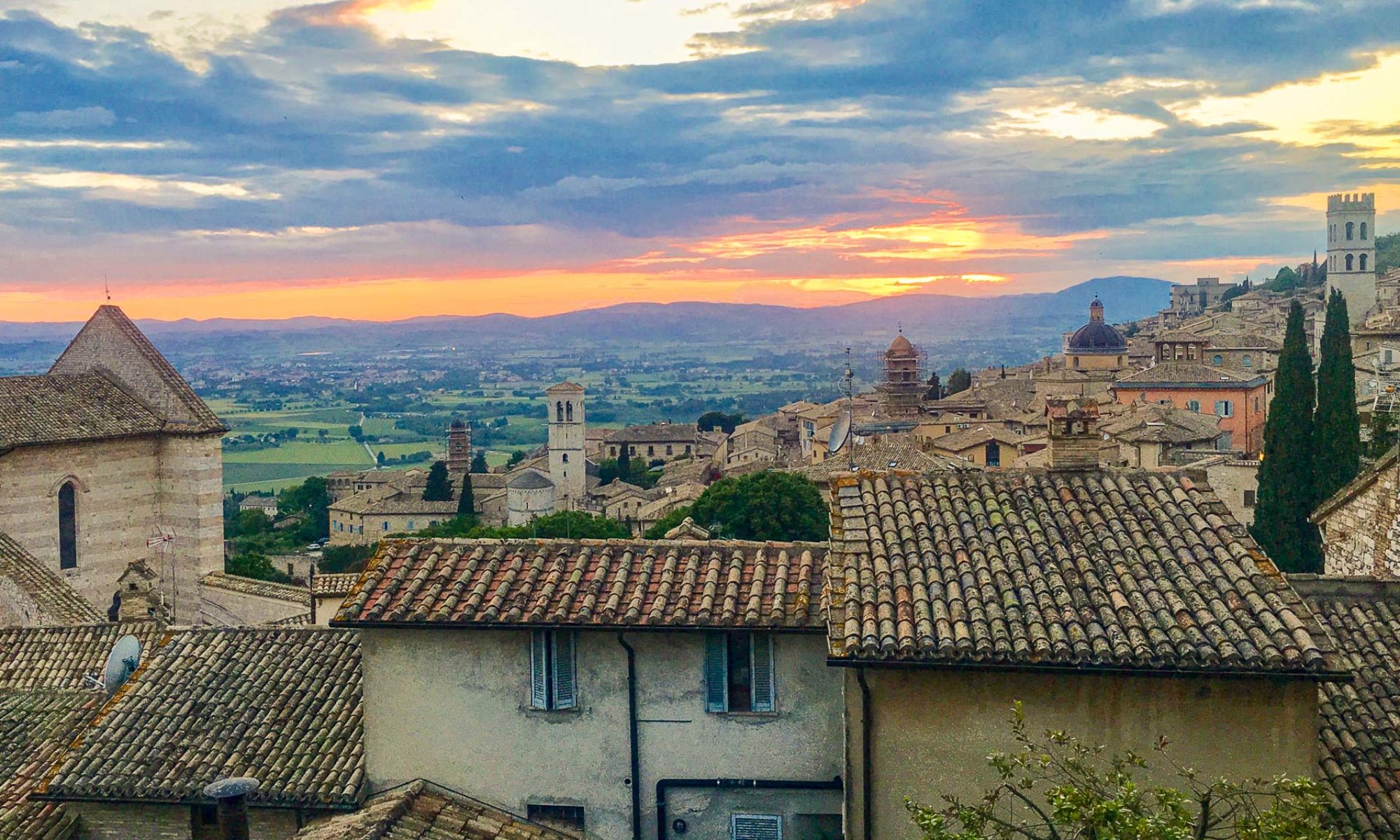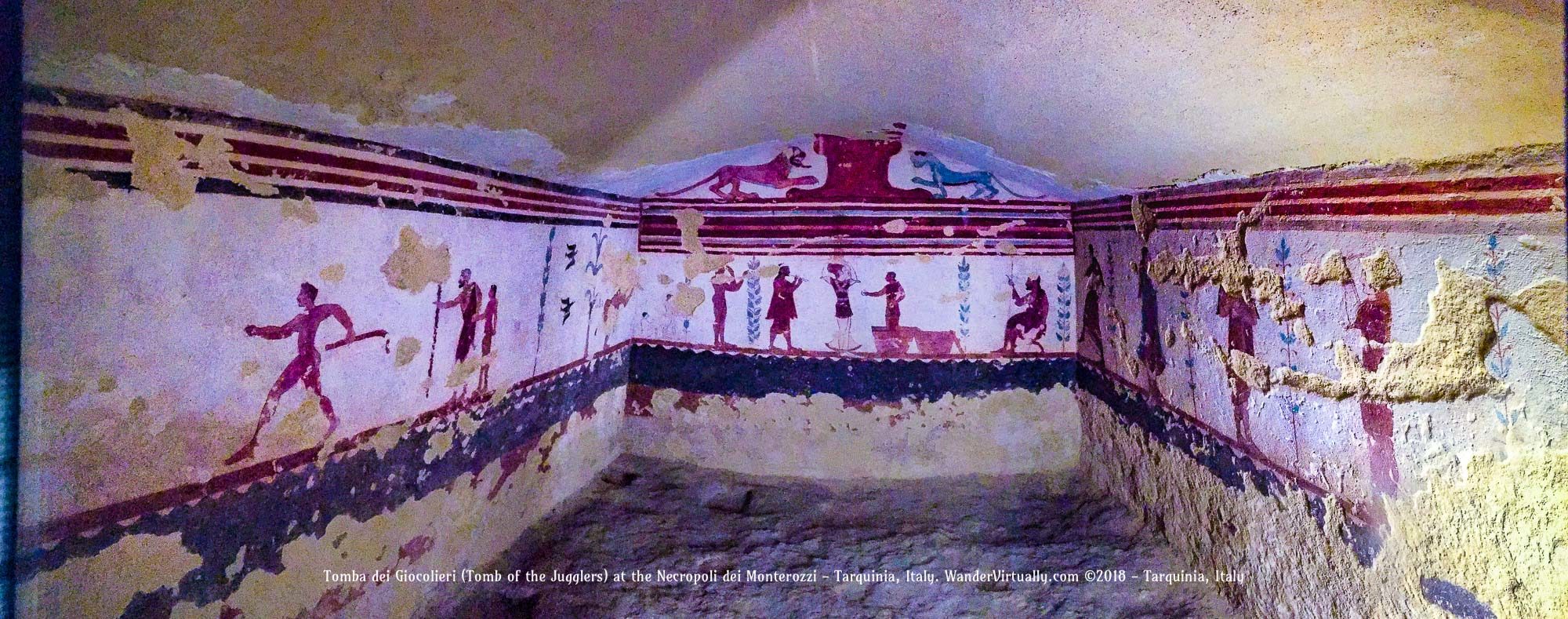In previous posts, we went on a quest to understand the origins of the mysterious Etruscans. The current thinking is that Etruscans came from nowhere else but Italy. And modern historians support the theory that prosperous Villanovans who occupied parts of Italy 3,200 years ago, are ancestral to Etruscans. But who are the Villanovans?
Featured photo: Tomba dei Giocolieri (Tomb of the Jugglers), an aristocratic Etruscan tomb from around 510 BCE, at the Necropoli dei Monterozzi – Tarquinia, Italy
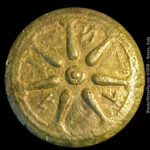
Who Are the Villanovans?
First of all, “Villanovan” is derived from the name of the estate of a nobleman and archeologist in the area of Bologna, Italy. Giovanni Gozzadini was the first to discover the Villanovans’ unique Iron Age tombs on his estate of Villanova in the 1850s.
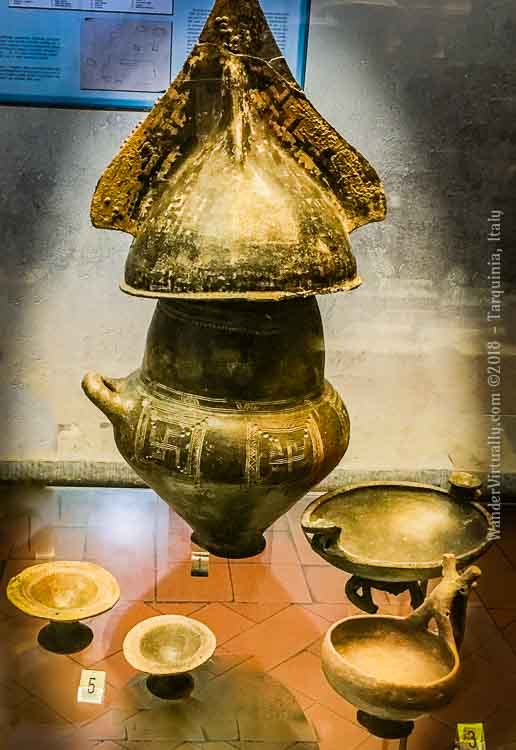
But first, some terminology:
Acropolis (singular), acropoleis (plural) – ancient settlements or cities, often elevated, where people lived.
Necropolis (singular), necropoleis (plural) – cities of the dead, ancient cemeteries.
A side-note: Oftentimes, archeologists are dependent on grave goods from necropoleis to study the lives and culture of the ancients. This is because later civilizations, including modern ones, frequently built on top of ancient living quarters (or the acropoleis). This is often the quandary with Etruscan acropoleis since many are buried under medieval sites that are now modern cities.
Modern scholars state that Villanovan settlements may be found under Etruscan acropoleis. That is, if they can be excavated in the first place. Hence, Villanovan and Etruscan necropoleis tend to be more accessible for archeological excavations, compared to acropoleis.
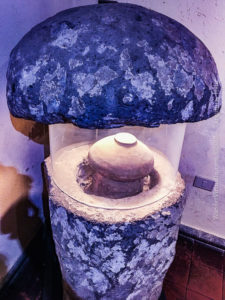
Back to the necropolis that Gozzadini excavated. He found stone-lined pits shaped like shallow wells. Inside the tombs were cinerary urns containing cremated remains, surrounded by personal effects or offerings made of metal or impasto.
Soon, archeologists found and excavated more Villanovan sites from the Emilia Romagna region in northern Italy, through central Italy, and southern Campania.
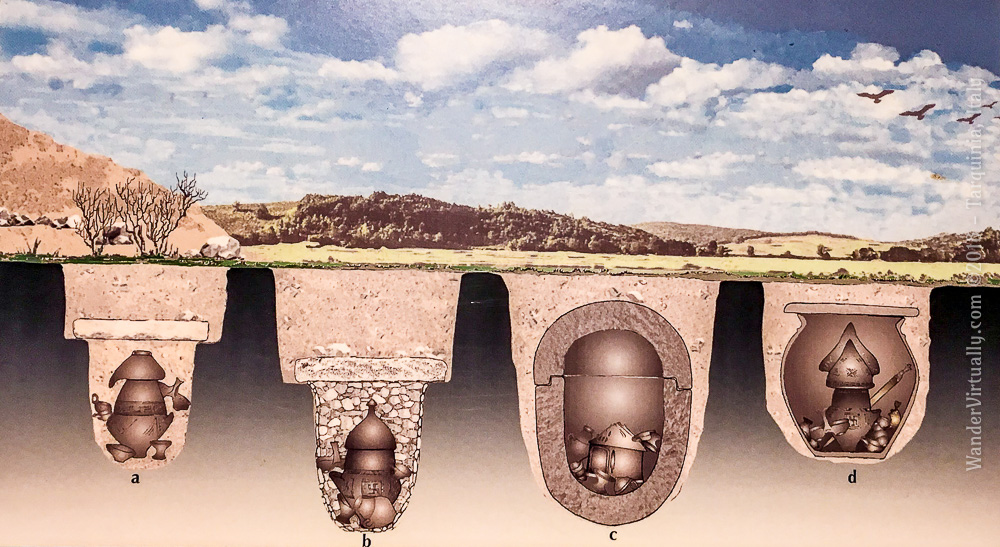
Now that we know about Villanovan necropoleis and tombs, let’s see how the archeologists interpreted what they found…..
Early Villanovan
Villanovan culture appeared between 1200 BCE through 700 BCE (overlapping with the Etruscan period). That’s more than 3,200 years ago.
Villanovans lived in simple mud huts.
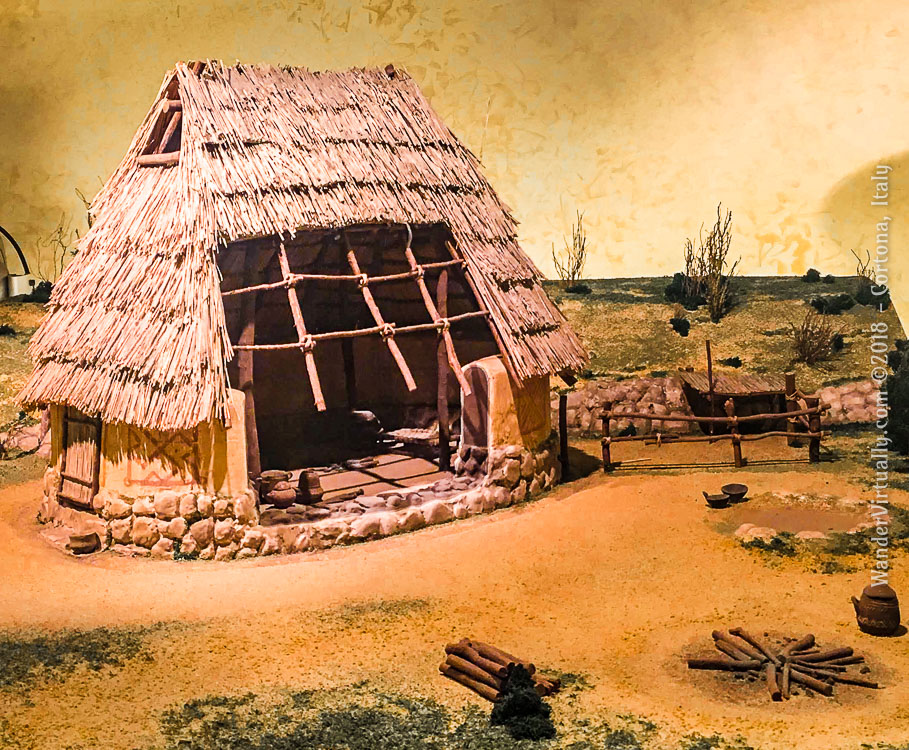
Initially agrarian, Villanovans eventually excelled and traded in metal-works, exploiting the rich mineral resources near where they lived. They also created impasto (unrefined clay) pottery goods.
They practiced cremation and stored cremated remains in hut urns (that looked like the mud huts they lived in), or biconical urns (2 vase-shaped vessels with one covering the open top of the other).

Grave goods in Villanovan sites such as that of Tarquinia, show that in the 2nd half of the 9th century BCE, the tribe conducted commerce with other tribes such as those in Vetulonia, Calabria, Sicily, and Sardignia.
Later Villanovan
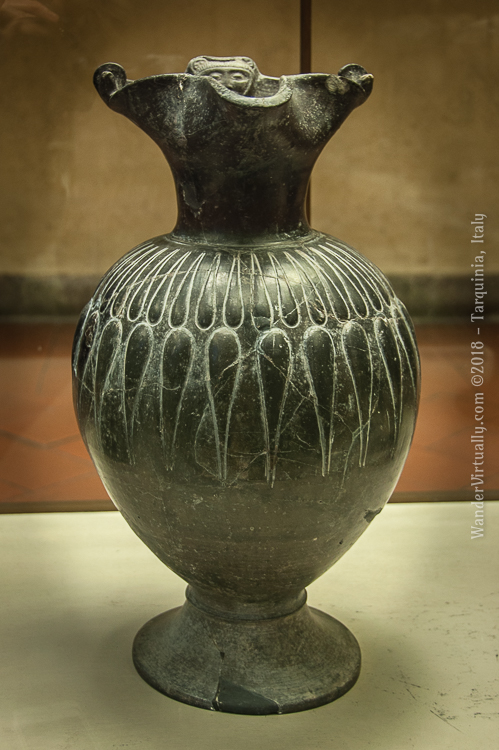
Based on archeological findings from the necropoleis, scholars believe that Villanovans began to interact frequently with the oriental Greeks and Phoenicians of Carthage in the early 8th century BCE. They traded goods as evidenced by imported items found in Villanovan graves (pottery, jewelry, etc).
Importantly, they engaged in technology exchange. For instance, they learned how to purify their clay for pottery and use the fast lathe. Later Villanovan pottery and metalworks show the impact of this learning. Villanovan pottery likely served as a precursor to the famous Etruscan bucchero pottery.
Villanovans also began to acquire oriental cultural practices from their interactions with eastern peoples. Banqueting equipment began to show up in grave goods. They began to practice inhumation, burying – instead of cremating – their dead. An upper class began to emerge, as wealth grew from industry and trade.
Scholars tell us that this “orientalizing period” helped Villanovans evolve into the sophisticated Etruscans. Etruscans emerged in the late 8th century BCE and were a powerful and advanced civilization on the Italian frontier.
There didn’t seem to have been a significant break between the 2 cultures. In fact, historians say that “site continuity” (that is, the continuous use by Etruscans of the Villanovan settlements for habitation), is a strong argument that Villanovans were ancestral to Etruscans.
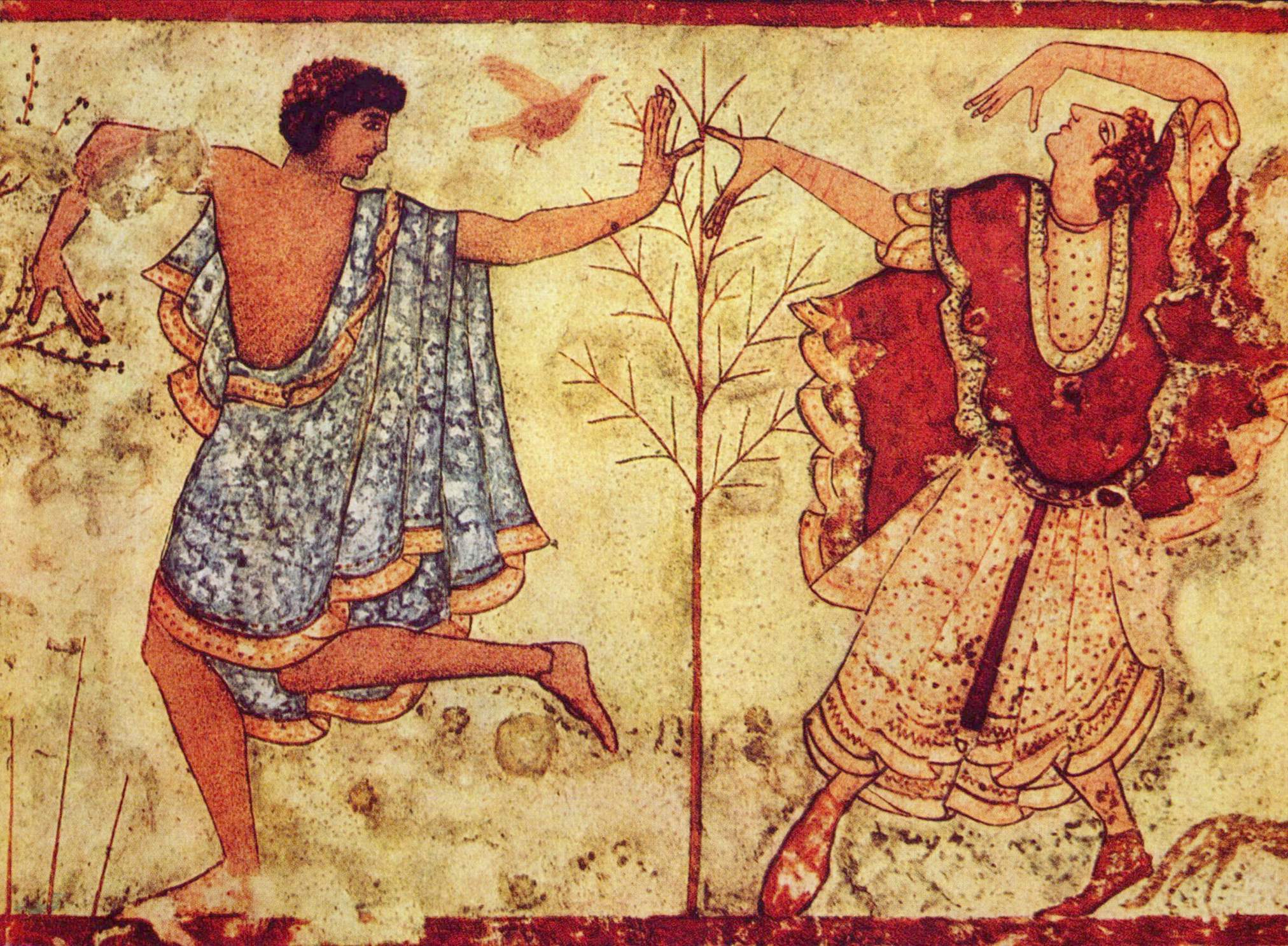
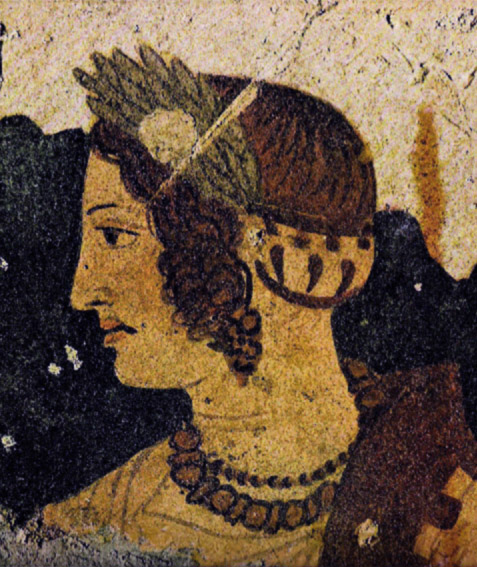
What are the popular theories about the origins of the mysterious Etruscans? Find out from my previous post here …
Virtual Scene: Villanovan Tombs
Here’s a 360 view of Villanovan tombs on display at the Necropoli dei Monterozzi in Tarquinia, Italy. The tombs were excavated elsewhere and placed here for open air display. They are shaped like wells and usually have a stone covering. Inside would be cinerary urns containing cremated remains and personal items such as pottery and metal goods.
To view this 360 photo:
Rotate the photo: The circular icon on the lower left corner starts or stops the photo rotation. You can also manually swipe left/right/up/down 360 degrees.
Magnify the view: The slider on the lower left corner makes the view smaller (-) or larger (+).
Size the photo on your desktop: The square icon on the lower right corner maximizes or minimizes the photo.
Photo Gallery: Villanovan Artifacts

Related Posts
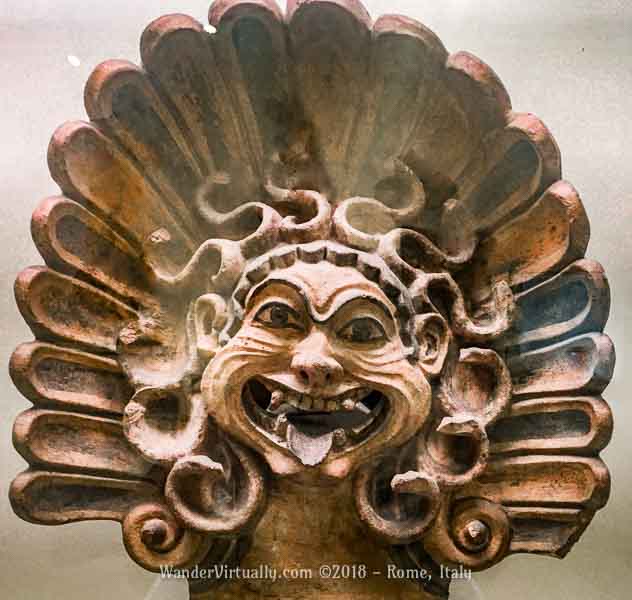
They were mysterious alright – but we’ve learned a few things about Italy’s Etruscans over the years. Find out: 5 Fascinating Facts About Etruscans
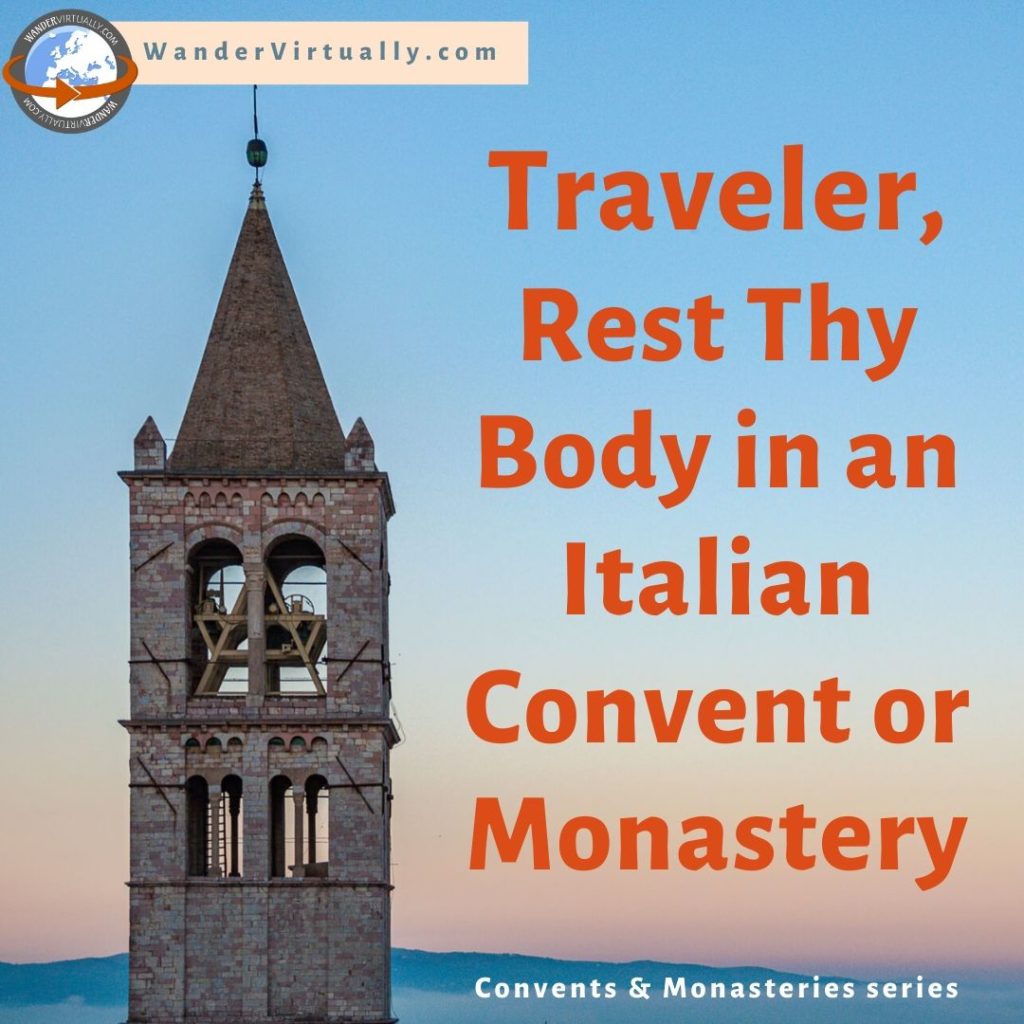
You don’t have to be Christian or religious to stay at an Italian convent or monastery. Find out if these safe, economical, and peaceful lodgings are right for you.

I use simple, inexpensive, but useful tools for travel. Find out what I pack for my trips.
Visit the Italy page for more stories and travel tips …
BELLA ITALIA
Fascinating ancient stories.
Practical travel tales and tips.
